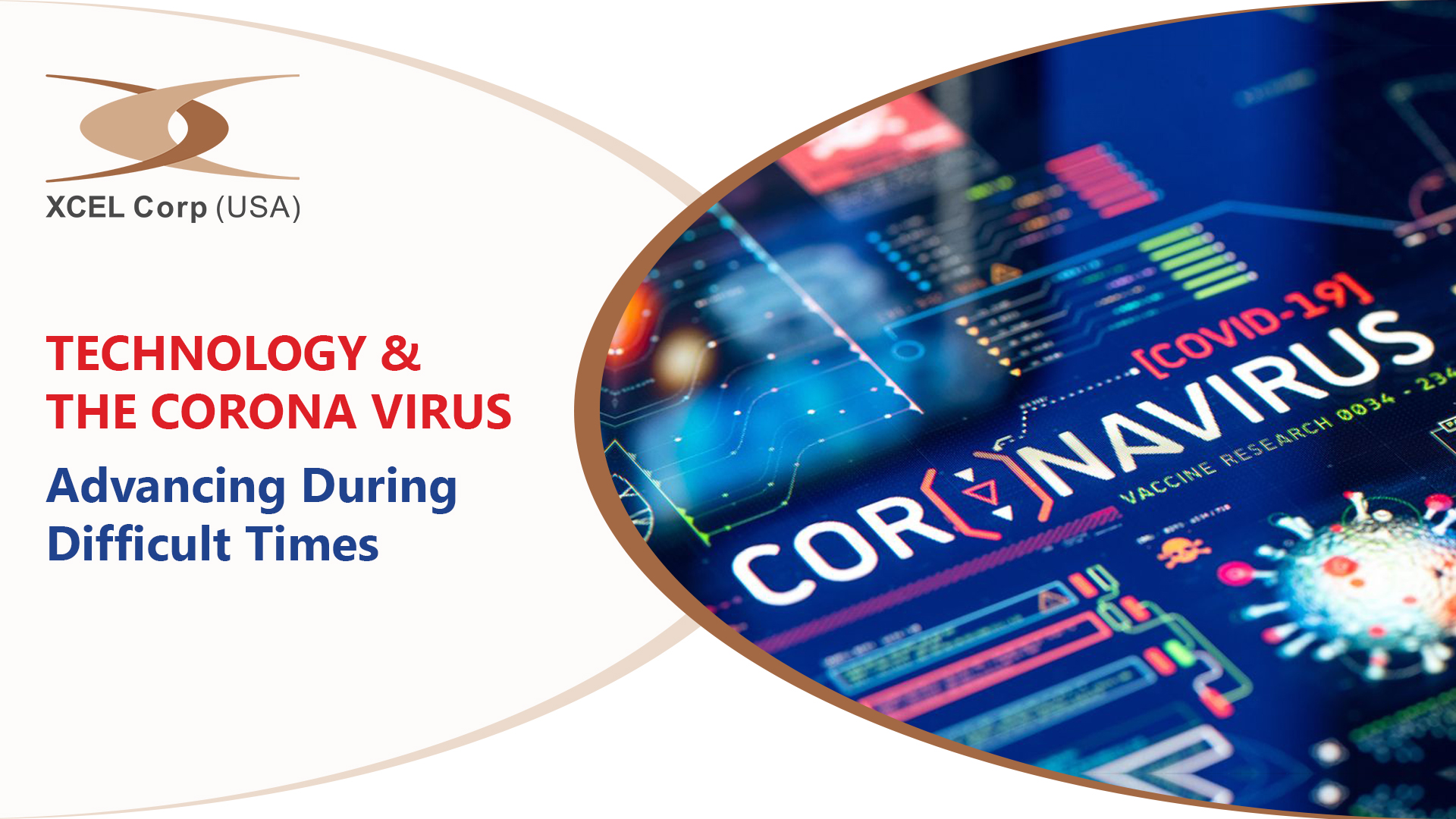 Radio Frequency Information or Identification (RFID) technology recently saw its way back into the market with the advent of IoT. Before this, the wireless RFID was in its prime with many underlying innovations to its credit. And then networking and the internet happened. With greater interoperability, came complex operational woes. But things haven’t gone as easily for RFID as some may have thought.
Radio Frequency Information or Identification (RFID) technology recently saw its way back into the market with the advent of IoT. Before this, the wireless RFID was in its prime with many underlying innovations to its credit. And then networking and the internet happened. With greater interoperability, came complex operational woes. But things haven’t gone as easily for RFID as some may have thought.
The automated technology uses radio waves to aid machines or computers to identify objects, record metadata or control individual targets. Objects can be successfully tracked and monitored by connecting an RFID reader to the terminal of the internet. The objects can also be tagged globally, triggered automatically, and in real-time if required. For those who think Radio Frequency Information or Identification is a forgotten technology, we should know that the pre-requisite to IoT is indeed RFID.
Radio Frequency Information or Identification in Business Application
The main concept of IoT is to incorporate RFID in business applications because elements are easily perceived by the computer system. As mentioned previously, the Radio Frequency Identification (RFID) innovation gives new and renewed chances to dormant businesses to expand and revive their hierarchical organization, financial, and operational execution. The technology seems to add an element of efficacy to the business. Requiring a lot less monitoring than the predecessor bar code, Radio Frequency Information or Identification expands the speed and volume of data accumulation for analysis. Multiple tags can be read all at once and line-of-sight is not required to read them.
Today, applications that utilize RFID are developing quickly and this technology is rapidly moving towards advancement and growth. At the same time, it furnishes us with fresh opportunities to utilize Business Intelligence (BI) to screen organizational activities and learn more about business sectors, industry, customer attitude, practices, and preferences. This innovation can even be competently utilized to detect flawed products, which would otherwise find their way into a customer’s hands. Radio Frequency Information or Identification yet comes with relatively significant challenges to associations that endeavor to utilize this technology. Most essentially, RFID has the potential to overpower industriousness of data collection and the BI analytic if organizations do not adequately address RFID data incorporation issues. In the 21st century, RFID occupies a vital area of discovery in the BI arena.
Radio Frequency Information or Identification in Retail
The effect of Radio Frequency Identification (RFID) is evident in supply chain management. Wal-Mart began a revolution in 2003 when they declared that RFID its suppliers would have to affix RFID labeling over their products. The technology, has since, changed the face of manufacturing by tracking objects on the shop floor while connecting them with the production environment. In retail, Radio Frequency Information or Identification is utilized to identify objects, recover related data, and counteract theft. Sometimes the labels stay connected to the post-sale products, consequently encouraging extra services. To say, the shopper or enterprises can collect details about an item such as its location, current status, trajectories, and manufacturing. IoT actively uses RFID as a digital shadow stored in cyberspace. Though technology has many advantages specifically for the supplier; other security risks have to be diligently addressed to maintain viability. Overall, Radio Frequency Information or Identification in Retail means improved accuracy in picking and packing operations that also translate to the proper fulfillment of purchase orders. Supply chain management is better controlled and with its use in fashion, RFID drastically enhances supply chain transparency. Customers are better satisfied while out-of-stocks are avoided.
The RFID technology in Humans
If you were to incorporate RFID technology in humans, handling medical emergencies would not be very easy nor would an individual would ever have to worry about losing a wallet. There are several benefits to human microchipping.
It is envisaged that the technology will soon witness a beginning, however bare minimum. An RFID (short-range radio frequency identification) implant can hold all the data that we carry in our wallets while even transmitting our personal information as we walk through a security checkpoint. The technology would empower us to utilize public transportation without cutting a ticket and obtain items in a supermarket without having to stand at long-winding checkout lines. While the idea, still, seems farfetched, its potential is rather intriguing.
IT Asset Tracking
Annual audits of IT equipment belonging to government and corporate institutions have to be fulfilled to enhance operational efficiency. These wall-to-wall inventory audits are performed quickly and with precision, spending little or no time in disbursement. The Finance and Executive management render precise compliance reports through data centers that leverage RFID-based asset tracking to complete these audits. These can be tracked in real-time as the equipment moves in and out of locations.
RFID in Agriculture
Track the movements of animals in large farmhouses. Build a smart farm management system that can monitor the health of the animals and ensure that they are provided with the appropriate intake of fodder. This work, for example, is accomplished manually around two to three times a day. Not only is the process expensive, but it can also be time-consuming as well. Instead, Radio Frequency Information or Identification helps obtain this data automatically while ensuring cost-efficiency. The data is refurbished and updated every time, giving the administrator enough insight over any health problems in the animals.
The future of Radio Frequency Information or Identification
RFID also successfully sets foot into automation & manufacturing tracking, document tracking, jewelry tracking, library automation, attendee tracking, access control and much more. Fueled by the rapid growth in retail, food safety, healthcare, and other industries, companies are making every effort to invest in the technology. The growth of the smart label market is estimated at $10 billion by 2020. Experts believe that primarily through retailer adoption of UHF RFID tags for shelf-level stock replenishment, the passive RFID tag market alone will grow to almost 7 billion (number of tags) in the coming years.
There are bound to be future innovations in RFID, with wider adoption. Advancement in printed electronics will create thin and flexible RFID tags that will be combined with printed batteries, thin-film photovoltaic solar cells, printed sensors, and other technologies. There will also be new antenna designs to increase range and intelligence will be improved with the help of smart tags.
While the coming years are bound to be exciting, new developments and nanotechnology will change the way RFID is incorporated into a product. For both end-users and manufacturers, Radio Frequency Information or Identification is here.


